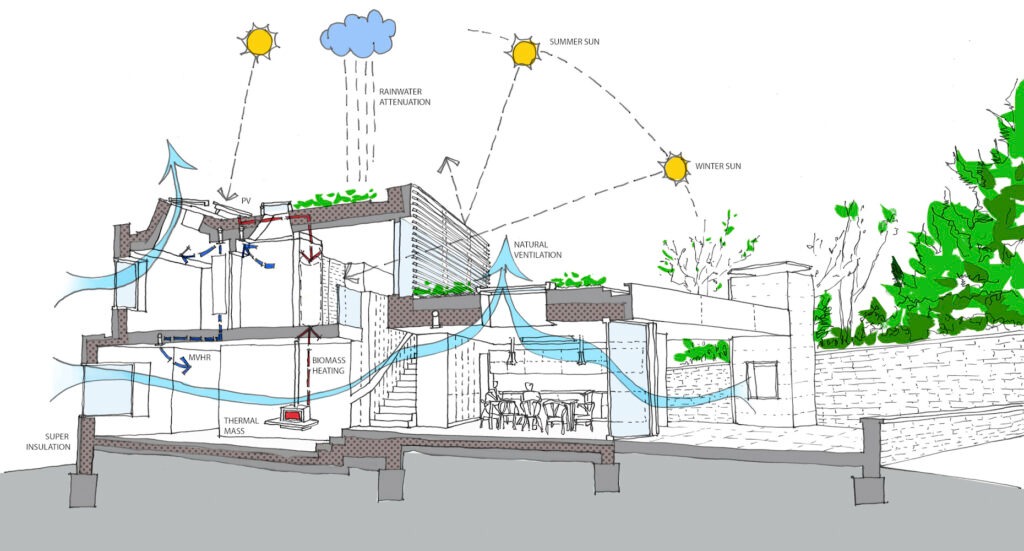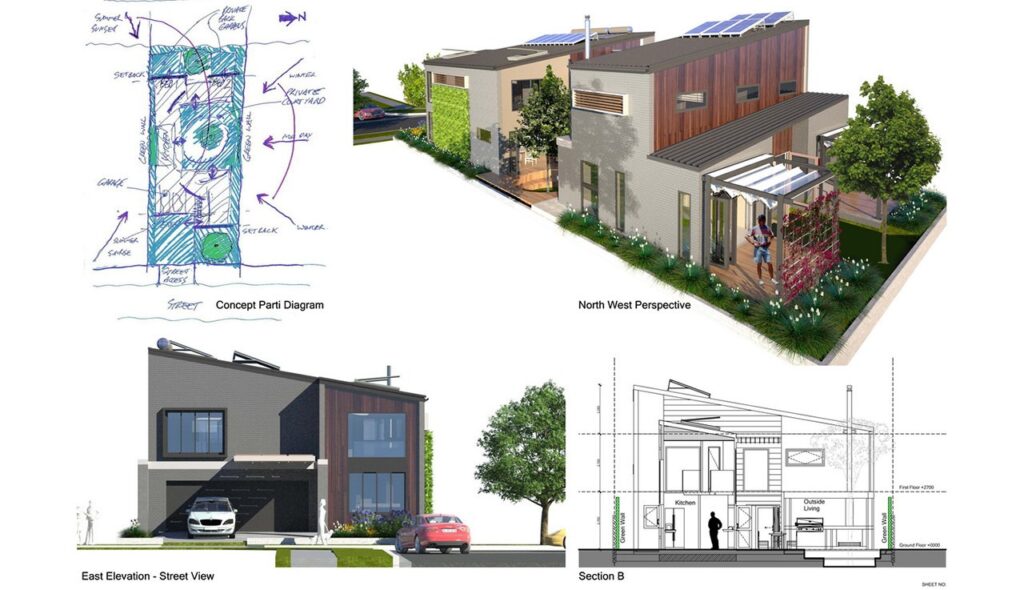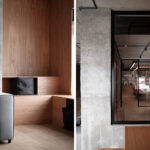Sustainability as a key function to progressive architecture
Sustainable architecture, just like sustainable development is an attempt at regulating human intervention and exploitation onto nature and it’s resources. The main goal of sustainable architecture is to reduce energy consumption, carbon emissions and waste in construction, operation and maintenance of a structure.
To this purpose, a few ideas were formed and have been passed around among the architectural executors. A common consensus was to use a Passive design that made full use of the natural potentials like the sun, the wind, shades and the cooling effect of the occasional rain. This is a key factor as it prevents the building from affecting the ambient micro-climate too much.

By reducing the need for artificial heating and cooling, the energy consumption and the prevalent carbon emissions of a home can be reduced. A brilliant Passive design ensures such a reduced carbon trail and therefore retains the sustainability of that structure for years to come. Hence, the ultimate goal of sustainable architecture is to create buildings that have a low carbon or carbon neutral footprint throughout their life cycle.
Sustainable design aims to eliminate the impacts on the environment, and recalibrate the health and comfort of the residents, thereby improving the building’s presence. The objectives of sustainability are to reduce consumption of non-renewable resources, minimize waste, create productive environments, and optimize site potential.

Energy efficient lighting and ventilation,strategic placing of building elements to maximize natural climate moderation, the use of communal areas to prevent space wastage, landscaping while merging the natural elements, the repurpose of rainwater and solar energy,using local materials for construction are some of the means they use to carry out this green design to actualise sustainability.
Now, as we magnify the term ‘sustainability’ under scrutiny, we can attribute the term and it’s characteristics to a number of areas within a structure itself. For example in the case of decors, one might use old baskets and wine bottles as repurposed holders or pots for plants. E-waste is molded into beautiful creations and even unmanageable, obsolete things are incorporated into buildings for true sustainability.
In all it’s forms eventually sustainability is something that spreads far past the boundaries of a building. Rather,a harmony with the building and it’s environment is an essential factor of this idea.





